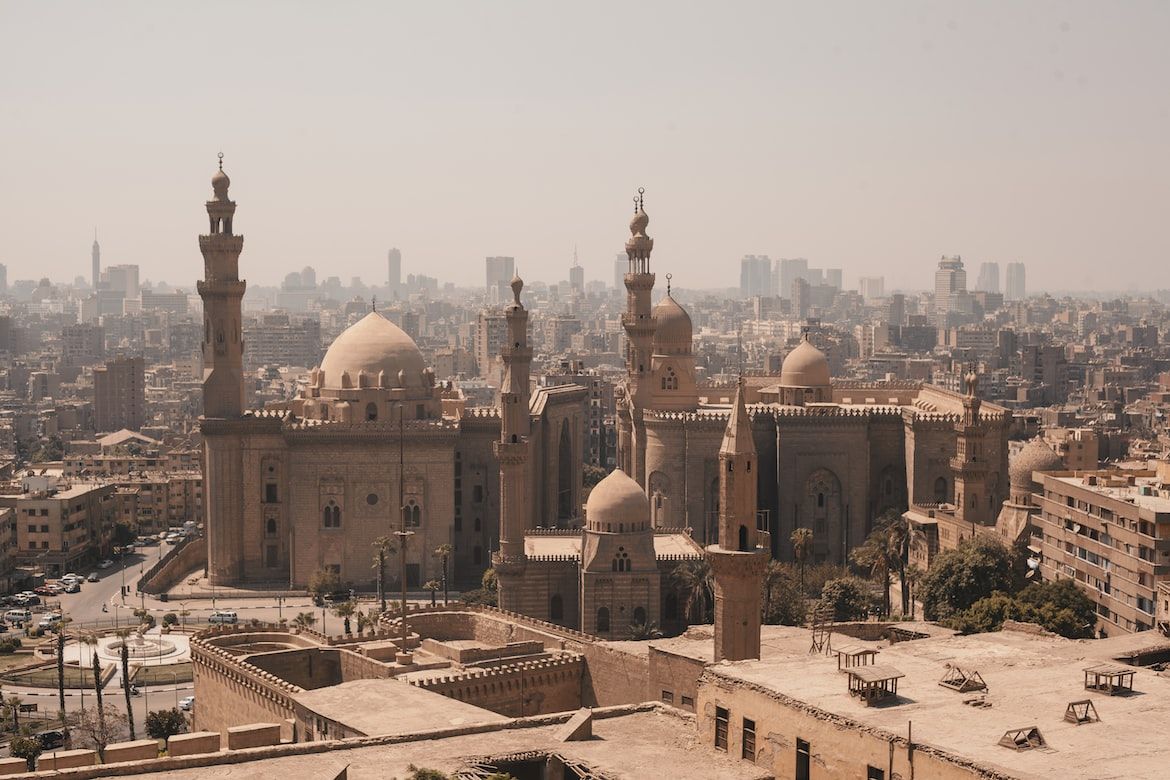17 facts about Nile river
Thanks to its annual floods, the Nile became the lifeblood of many Egyptian peoples long before the rise of ancient Egypt. For a long time, people hav ...
Settlements in the area around today’s Cairo existed over five thousand years ago. Over the years, the city’s surroundings passed from hand to hand—from Pharaohs, through the Roman Empire, and many Arab dynasties, to the British. In 1517, the city fell under the influence of the Ottoman Empire, has been briefly occupied by the French since 1798, and returned to the Ottomans in 1804. Although the Turks officially ruled over Egypt until 1914, the country fell under the influence of Great Britain. Since then, Cairo has developed its luxury districts, utility buildings, and railway networks.












